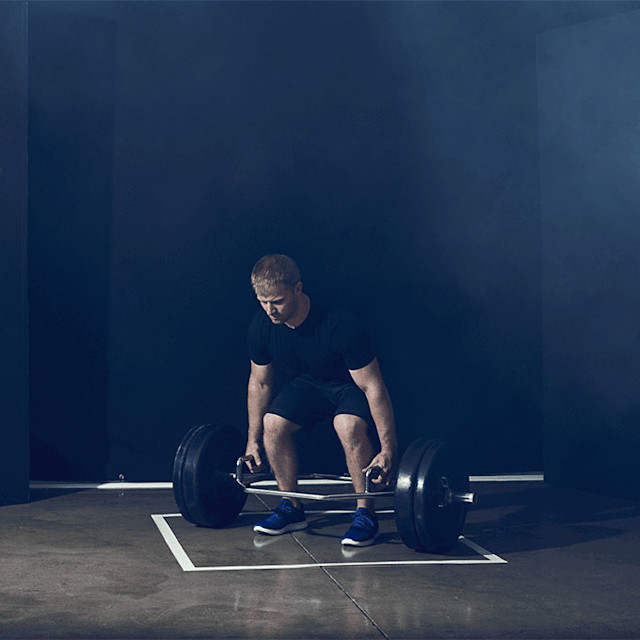Follow this rep-time scheme for more muscle power.
The science:
A new study found that people who can move weights quickly (a sign of muscle power) tend to live longer than those who can’t. You can build it through high-intensity lifting sessions, but it’s hard to know when you reach that threshold.
Expert insight:
Compared to lower-intensity lifts, more demanding ones are better at increasing muscle tone and size, reducing body fat, and building the strength you need for functional movements, says Alex Zimmerman, LA-based director of the Tier X program. All these things help you live a long, healthy life.
There are two factors that define HIIT weight training: You should max out after 4 to 6 reps and complete them within 20 seconds with proper form. Doing so guarantees that you’re going heavy enough to get stronger and fast enough to use adenosine triphosphate (ATP), your body’s go-to fuel for short, fast bursts of effort like sprints, Zimmerman explains.
Past the 20-second mark you start burning glycogen instead, which takes the focus off power and strength.
The bottom line:
Do 3 to 4 sets of 4 to 6 reps of the main lifts (squats, pulldowns, rows, deadlifts, and barbell bench presses) as your full workout for the day once a week for 12 weeks, following the parameters above, Zimmerman says. That’s enough time to reap the benefits. To protect your joints, don’t apply this protocol to unstable exercises like single-leg deadlifts or BOSU squats, he adds.
